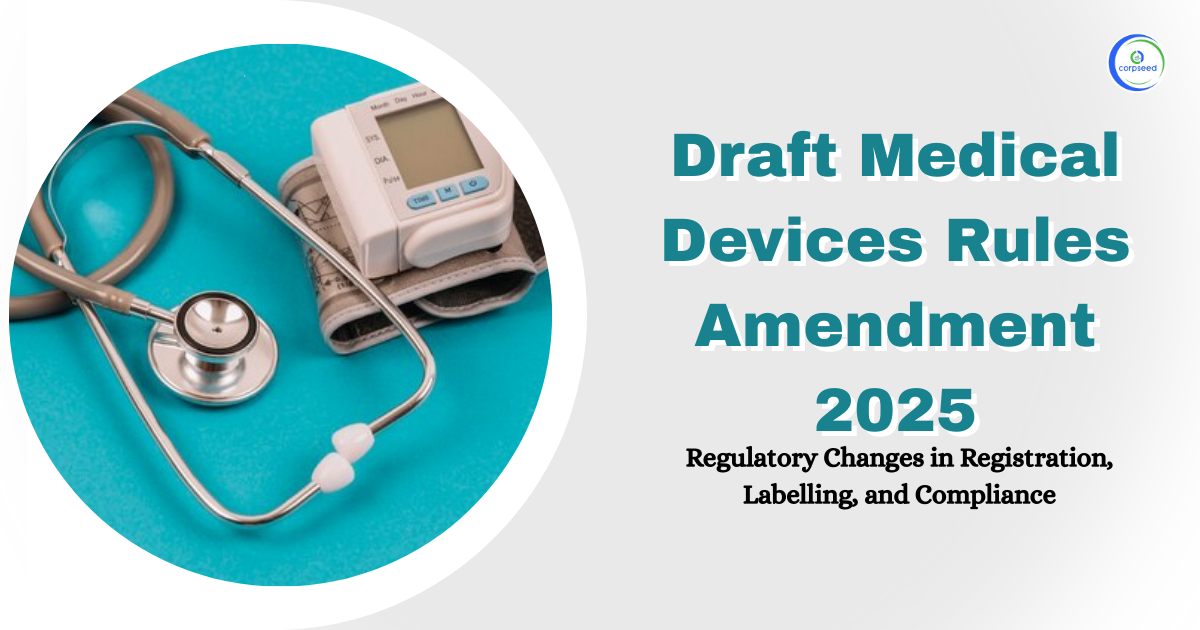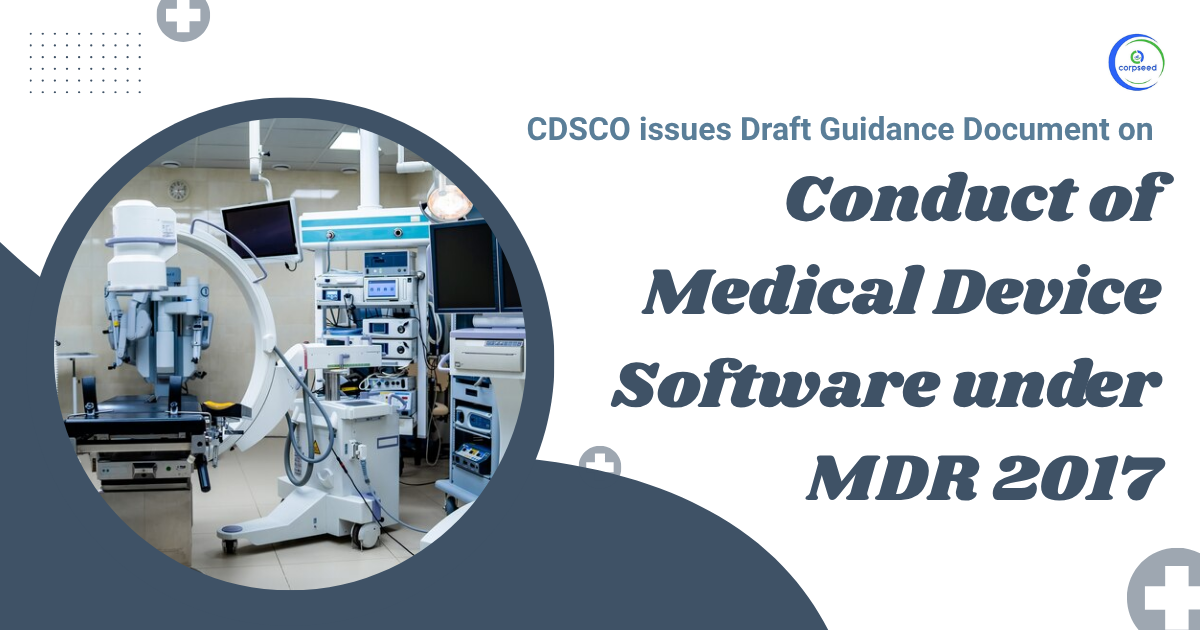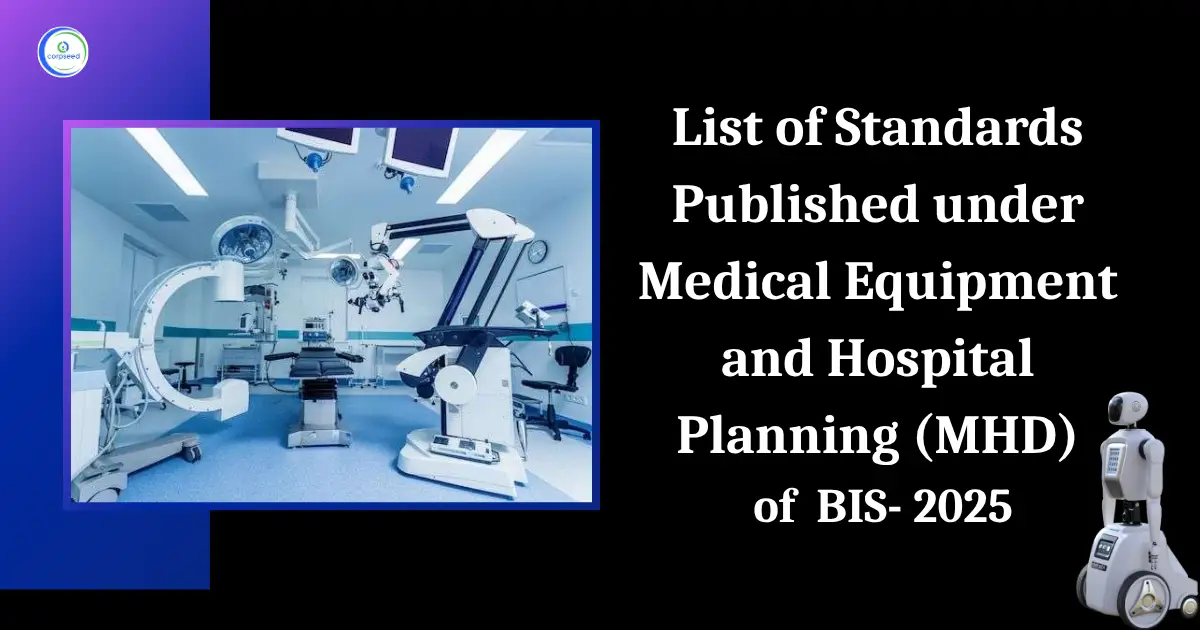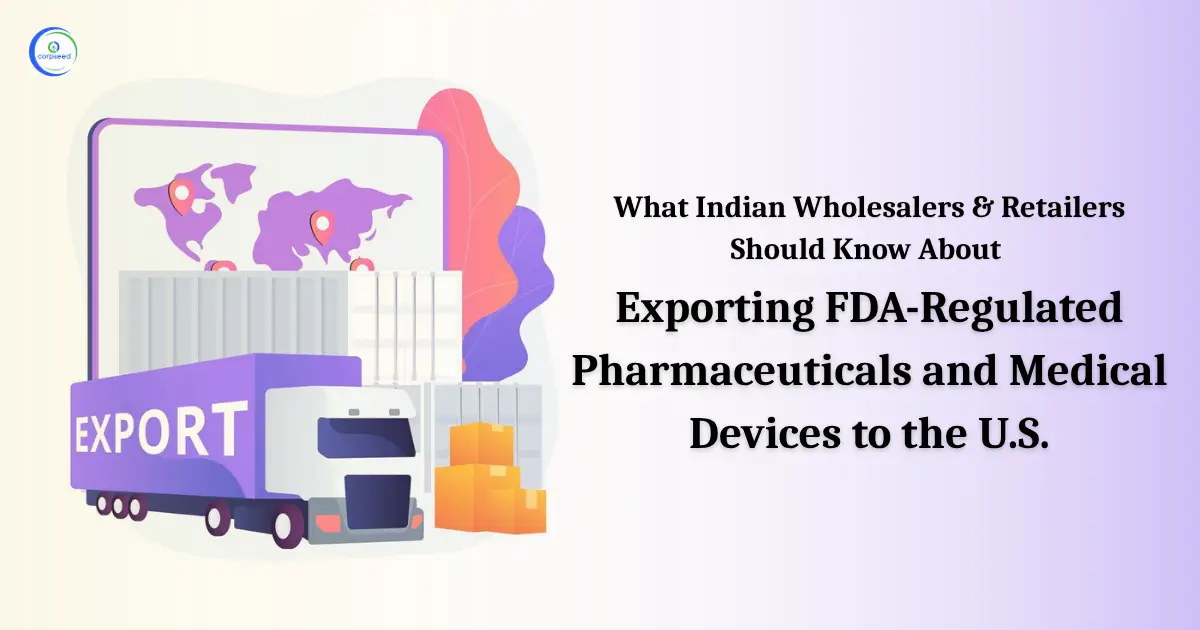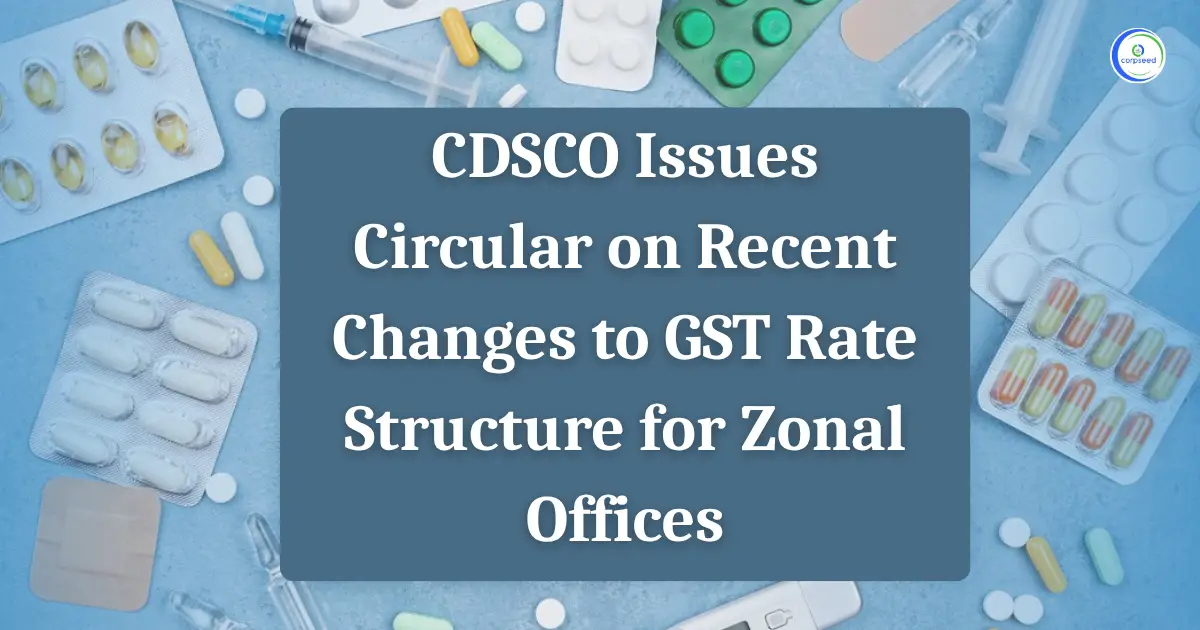The ABCs of Class A and B Medical Devices: From Superior Quality to Effective Regulations
In the world of medical devices, two sets of classifications act significant, one is Class A, whereas the other is Class B. It is a must-have to understand those differences and abide by such categorisation, mainly for healthcare and manufacturers alike. As rightly mentioned- Class A medical devices have comparatively lower risks, including products such as bandages, stethoscopes and depressors. These devices consider general controls, maintaining effectiveness as well as safety, for which they do not require pre-market approval.
Table of Contents
--------------Blog Contact Form-------------
Class B devices cater to certain standards, as it goes through a comprehensive process of rigorous or clinical trials before achieving clearance from regulatory bodies. Additionally, the effective regulation of medical devices is a crucial component in ensuring patient safety as well as reliable performance. Additionally, the regulations somehow ensure public interest in the healthcare industry.
No wonder, it is by highlighting the distinction between Class A and Class B medical devices, that healthcare professionals or manufacturers willingly scan through the regulatory landscape effectively, offering the patients with high-quality products that they need.
What is meant by Medical Device?
According to the World Health Organisation, A medical device can be any instrument, apparatus, implement, machine, appliance, implant, reagent for in vitro use, software, material or another similar or related article, intended by the manufacturer to be used, alone or in combination for a medical purpose.
What do Class A and B medical Devices include?
As of 17 October 2017, the Central Drugs Standard Control Organisation (CDSCO) mentioned the Medical Device Rules, 2017 focusing primarily on maintaining quality and safety to maintain the required standards of the medical devices
- Class A medical devices:- Class A medical devices are also known as low-risk devices with minimal or no invasiveness (like thermometers)
- Class B medical devices:- Class B medical devices are mainly low-to-moderate risk devices with minimal Invasiveness (like needles and suction cannula )
Use of Classification of Medical Devices A and B
Healthcare Devices play a vital role in the process of diagnosis, treatment and monitoring of medical conditions. Along with it, various devices are classified into different categories based on their risk levels, with Class A and B devices being of utmost importance. Besides, let us explore the significance of Class A and Class B medical devices, related to healthcare and their contribution to patient care.
Category:- Anesthesiology
Anesthesiology is considered a branch of medicine that acts as a pain reliever, especially during the perioperative period. Accordingly, the remedy granted is anaesthesia, where the trained doctor is an anesthesiologist. Besides, the list of medical devices falling under this category-
| Class A | Class B |
| Aerosol Delivery Tubing | Anaesthesia Depth Monitor |
| Airway Protection Face Mask | Aerosol Inhalation Monitor |
| Anaesthesia Warmer | Aerosol Face Mask |
Category:- Cardiovascular
Like the name itself, cardiovascular devices are those devices that are especially meant to monitor as well as gauge the level of irregular heartbeat in patients hinting towards heart failures or any such disorders. The following is the list of devices falling under this category-
| Class A | Class B |
| Pacemaker Test Magnet | Echocardiography |
| Pacemaker Service Tools | Vascular Clip |
| Vena Cava Clip |
Category:- Dental
In dental medical devices, patients are somehow informed via social networks about the safety of the materials inserted into their mouths. The list of devices included under this category is as follows-
| Class A | Class B |
| Dental Excavator | Dental Suction System |
| Basic Manual Toothbrush | Dental Suction System Pump |
| Dental Cotton Roll | Performed Dental Crown |
Category:- Ear, Nose and Throat (ENT)
ENT Devices are those medical devices, which appear useful for diagnosis, therapy or any surgical procedures leading to the effect of physiological disorders, catering to the eyes, nose, and throat to mainly cure the issues associated with the problems of smell, speech, hearing power or snoring. Besides, let us have a look at the classification of these medical devices, as grouped under Class A and Class B.
| Class A | Class B |
| Adenotome | Audiometer |
| Ear Bowl | Impedance Audiometer |
| Ent Transilluminator | Ent Nasal Snare |
Category:- Gastroenterological
Gastroenterological medical devices refer to all those devices, which are specially used for the treatment of the digestive system, including the stomach and intestines. Accordingly, the list of medical devices belonging to this category includes-
| Class A | Class B |
| Enema Tip | Anal Fistula Circular Cutter |
| Enteral Tube Extension | Endoscopic Overtube |
| Gastrointestinal Ostomy | Flexible Video |
| Tube Pocket | Choledochoscope |
Category:- Pain Management
A pain management medical device is a device that is designed to relieve pain. These devices are used to manage posture and alleviate chest or nerve pain that is caused by coronary heart disease. Examples of pain management devices include neurostimulators and infusion pumps.
| Class A | Class B |
| Bite Relief Pad | Cold-Air Therapy Unit |
| Ear Microsystem Needle | Arthritis Tens System |
| Ice Collar | Acupuncture Kit |
Neurological Medical Devices
Neurological medical devices are referred to as those, which primarily interact with the nervous system, including the brain, nerves or spinal cord. Additionally, the list of medical devices that belong to this category of neurological devices are listed below-
| Class A | Class B |
| Cranial Bur | Analgesic Pens System |
| Electroencephalograph Tester | Electromyograph |
| Manual Goniometer | Customer etc. |
Personal Use
The medical devices belonging to this category are primarily meant for personal use and can be found easily available. They are comparatively less harmful than other devices in the Class A category. Let us have a look at the list of devices, listed here-
| Class A | Class B |
| Face Shield | Biosanitizer For Medical Devices |
| Particular Respirator | Nitrile Gloves |
| Radiation Protection Cap | Medical Or Cadaver |
| Body Bags |
Urological
A urological device is a medical tool that mainly deals with the diagnosis of the male and female urinary tract, including kidneys, ureters, urethra and bladder.
Some examples of medical devices falling under this category are as follows-
| Class A | Class B |
| Bladder Neck Spreader | Cystometer |
| Female Wearable Urinal | Incontinence Sensor |
| Urinary | Lithotrite |
| Incontinence Vaginal Insert |
General Hospital
The medical devices in this category mainly involve those instruments, which are exclusively found in any hospital and are needed for the management of the premises. Additionally, the list of medical devices under the category is as follows-
| Class A | Class B |
| Bed Exit Monitor | Sterilization Process Indicator |
| Fall Prevention | Medical Bassinet |
| Patient Scale | Intravascular |
| Administration Set |
Operation Theatre (OT)
As the name itself indicates, the items are mainly found in the operation theatre and are utilised for the process of surgical operations on a patient. Within this category, there are list of devices, that are-
| Class A | Class B |
| Motorized | Hemostatic Knife |
| Diagnostic Imaging | Scalpel |
| View Box | Scalpel Blade |
| Distractor | |
| Retractors | |
| Suction System Operated By Vacuum |
Read Our Blog: Procedure for Manufacturing of Class C and Class D Medical Devices in India
Conclusion: The importance of Class A and B medical devices in healthcare
It is acknowledged that both Class A and B medical devices are considered significant in the healthcare setting, provided their importance cannot be overlooked. No wonder, these devices do not just aid the healthcare professionals in the processes of diagnosis or treatments but contribute towards the patient's well-being and safety.
It is by utilising class A and B devices, that healthcare providers make sure that patients receive the best medical care. Accordingly, an accurate diagnosis may lead to the appropriate treatments, enabling the patients to recover faster, while also improving the quality of life. The use of these devices reduces the risk of complications and infections along with other events to enhance patient safety.
Besides this, Class A and B medical devices constitute the fundamentals of the healthcare industry. From basic instruments to complex imaging systems, these devices play a vital role in patient care. Largely, it is by recognising their importance and ensuring their proper usage that healthcare professionals somehow continue to deliver high-quality care, encouraging patient outcomes.
This portion of the site is for informational purposes only. The content is not legal advice. The statements and opinions are the expression of author, not corpseed, and have not been evaluated by corpseed for accuracy, completeness, or changes in the law.
BOOK A FREE CONSULTATION
Get help from an experienced legal adviser. Schedule your consultation at a time that works for you and it's absolutely FREE.


